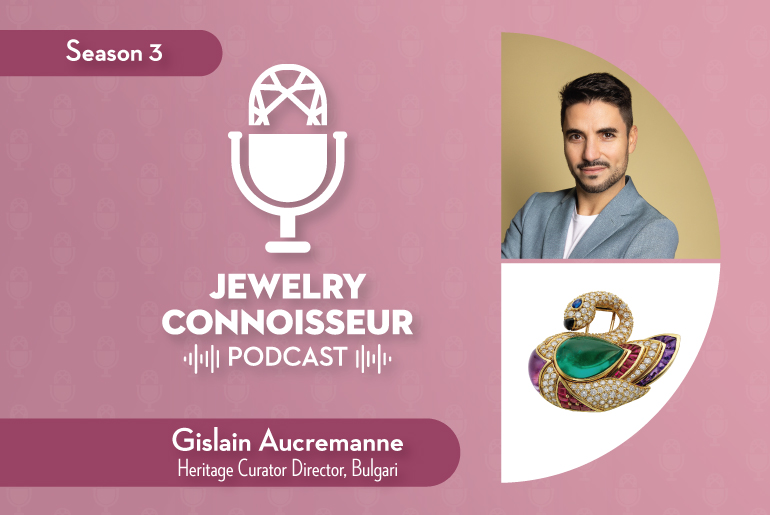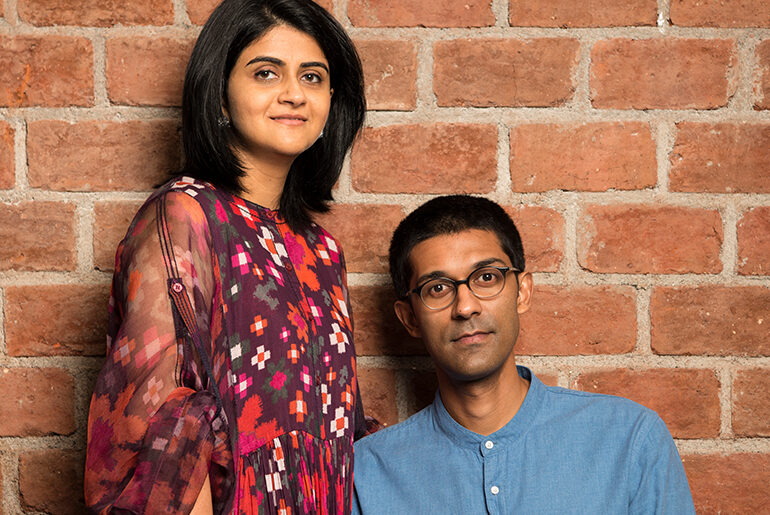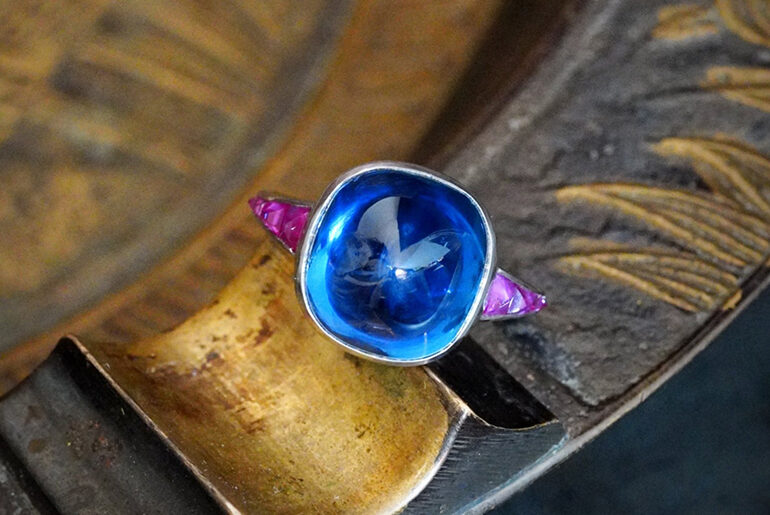Dealer Ariel Saidian reflects on the appeal of antique Indian jewels.
Have you seen an uptick recently in demand for antique Indian jewelry?
The Maharajas and Mughal Magnificence auction, held at Christie’s in 2019, was a landmark event in the jewelry world. There is almost never a sale with so many antique Indian jewels and objects available to the public. In the same way the sale of Elizabeth Taylor’s jewelry [in 2011] saw the market for vintage Bulgari jewelry explode and the Duchess of Windsor sale [at Sotheby’s in 1987] brought an awareness to the market of Belperron and Boivin, this sale ignited both interest from private collectors wishing to sell items, and demand from customers to buy. A few weeks ago, we sold a very impressive sarpech, a turban ornament, similar to what was sold in that sale.

What styles of antique/vintage Indian jewelry are popular?
The most desired Indian jewels for us are the ones that influenced the top jewelry maisons, such as Van Cleef & Arpels, Cartier and David Webb. These include animal (or makara) bangles, tutti frutti, and strong color combinations. We tell our clients these timeless designs are like the storyboards for a movie, and the modern interpretations are as if they are the fulfilled vision with CGI. There will always be the charm of the original creative design.
There are certain questions we always get asked: Is there mina (enamel) work on the reverse? Is it period? Are the polki-cut stones diamonds? Collectors tend to focus on jewelry from the Mughal (India) or Qajar (Iran) periods. Nothing else comes close.

Are your clients looking for jewelry to wear or to upcycle?
Women buy the jewelry to wear, just like they would a nice piece of Tiffany. The animal bangles always sell best — tigers, elephants and parrots. But what’s changed in the market is that men are buying this jewelry as well. They appreciate and love the art form that has been traditionally reserved for women, buying a gem-set sword handle to decorate a wall, or a gold box as an ornament for a coffee table.
What do you look for in the pieces you stock?
First and most importantly, we determine if the item is actually old/antique. Indian jewelry doesn’t have hallmarks, but with a trained eye and experience, it’s not so hard to tell the difference. The back is as beautiful as the front, and there are unmistakable colors of Indian enamelwork — a mixture of white and red, and some green and blue accents. If you put a newer piece alongside one that’s 150 years old, you see the difference in the enamelwork, the stones are cut a little differently, and often you can see the wear. And there’s an old-world charm to an older jewel in your hand.

How difficult is it to obtain older examples in today’s market?
It is extremely difficult, as these things are not commonly available in the market. There are plenty of amazing jewels coming out of India
today. But a magnificent old Mughal jewel is almost impossible to find. We have amassed quite a collection of jewels over the past four generations, some of which aren’t for sale [and are] in our private collection. So it is quite a treat for a collector who visits us in person to have so many beautiful options.

WHO IS ARIEL SAIDIAN?
Ariel Saidian and his brother Daniel run Joseph Saidian and Sons from their gallery in New York. The four-generation family business, which started circa 1850, is internationally renowned as a source for legendary estate jewelry and objets d’art, serving connoisseurs as well as museums from around the world.
Main image: Pair of Indian tiger head bangles in enamel and gem-set on high-karat gold, from the collection of the Nizam of Hyderabad, North India, late 19th century. Photo: Joseph Saidian & Sons.





Comments are closed.